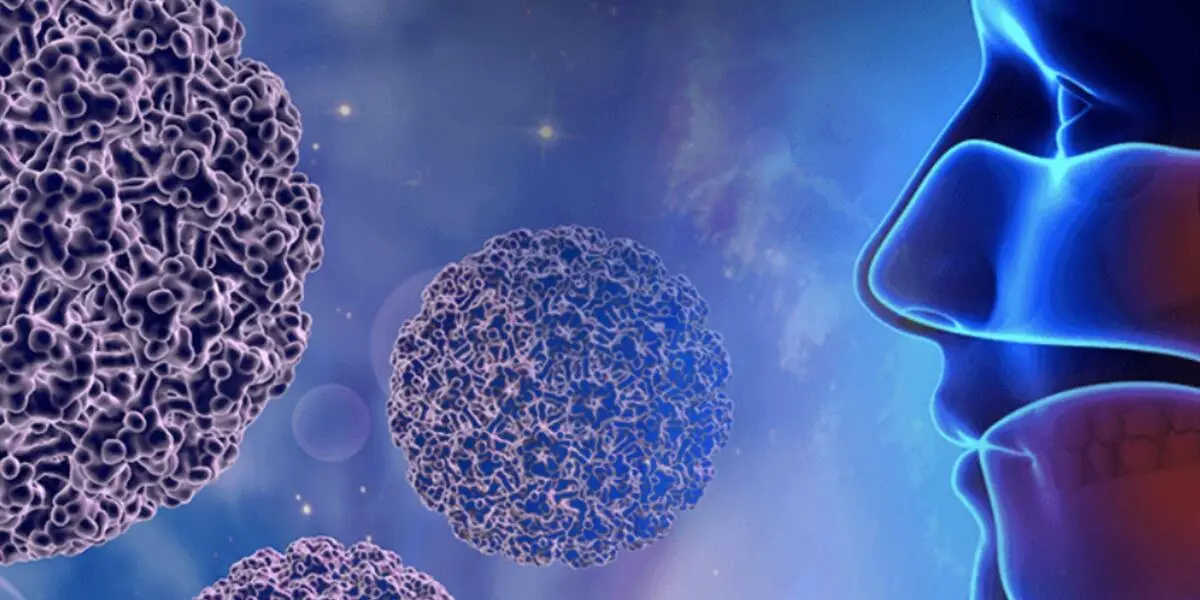Human Papillomavirus (HPV) is one of the most prevalent and often misunderstood viruses worldwide, affecting millions of individuals. This article aims to unravel the complexities of Human Papillomavirus, discuss its various types, and emphasize the significance of Human Papillomavirus vaccination in averting the associated health risks.
What is HPV?
HPV, or Human Papillomavirus, constitutes a cluster of viruses that can infect both the skin and mucous membranes. It stands as one of the most widespread sexually transmitted infections (STIs), affecting both men and women. With over 200 known types, Human Papillomavirus can either manifest as common warts or lead to more severe health complications.

Different Types of HPV
Low-Risk HPV
This group causes benign common warts, typically found on the hands and feet. Although these warts can be bothersome, they seldom result in serious health concerns.
High-Risk HPV
These strains are responsible for numerous cancers, including cervical, anal, and oropharyngeal cancers. Notably, HPV-16 and HPV-18 are among the high-risk types that raise significant concerns.
The Silent Epidemic
Human Papillomavirus often goes unnoticed because it can remain asymptomatic. Many individuals carry the virus without displaying any visible signs or symptoms, making it easy to unwittingly transmit the infection to sexual partners. This lack of symptoms contributes to the characterization of Human Papillomavirus as the “silent epidemic.”
The Connection Between HPV and Cervical Cancer
Cervical cancer represents the most well-known health risk linked to Human Papillomavirus. Persistent high-risk HPV infections can lead to changes in cervical cells, potentially progressing to cancerous cells. Regular Pap smears and Human Papillomavirus tests are indispensable for early detection and the prevention of cervical cancer.
Other Health Risks
Besides cervical cancer, Human Papillomavirus can also give rise to other malignancies such as anal and oropharyngeal cancers. It is essential to be cognizant of these risks, particularly for individuals engaging in high-risk behaviors, including unprotected sexual activity and smoking.
The Importance of HPV Vaccination
Human Papillomavirus vaccines are a major tool in preventing further transmission of the virus, as well as its consequences. They should be for males as well as females; these vaccines achieve their effectiveness upon administration prior to starting having sex.
Benefits of HPV Vaccination
Cervical Cancer Prevention: Cervical cancer can be reduced through Human Papillomavirus vaccinations which have the ability to cover the majority forms of high risk HPV and therefore significantly reduce the risk of cervical cancer.
Herd Immunity: Herd immunity is facilitated by widespread vaccination, making it difficult for the virus to spread in the community.
Preventing Other Cancers: As such, they also help minimize high-risk HPV infections and associated cancers of the anus and oropharynx
Conclusion
In order to protect your health, as well as that of your family members, you must first know what Human Papillomavirus is. As the virus has spread in different parts of the world, you need to know what risk it carries so that you can prevent its transmission. Human Papillomavirus vaccination is a powerful tool for battling this silent epidemic and preventing various severe illnesses. Remain up to date with information, ensure that you are getting vaccinated and prompt others to do so because we only succeed when we act together to prevent HPV infection.


